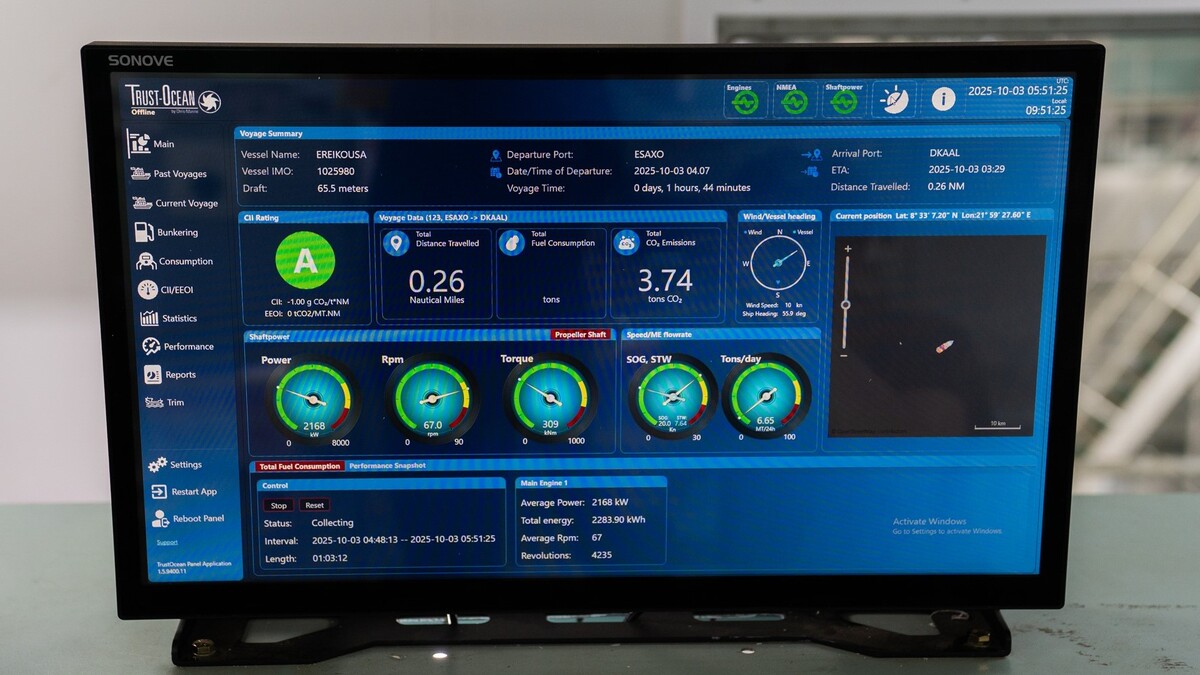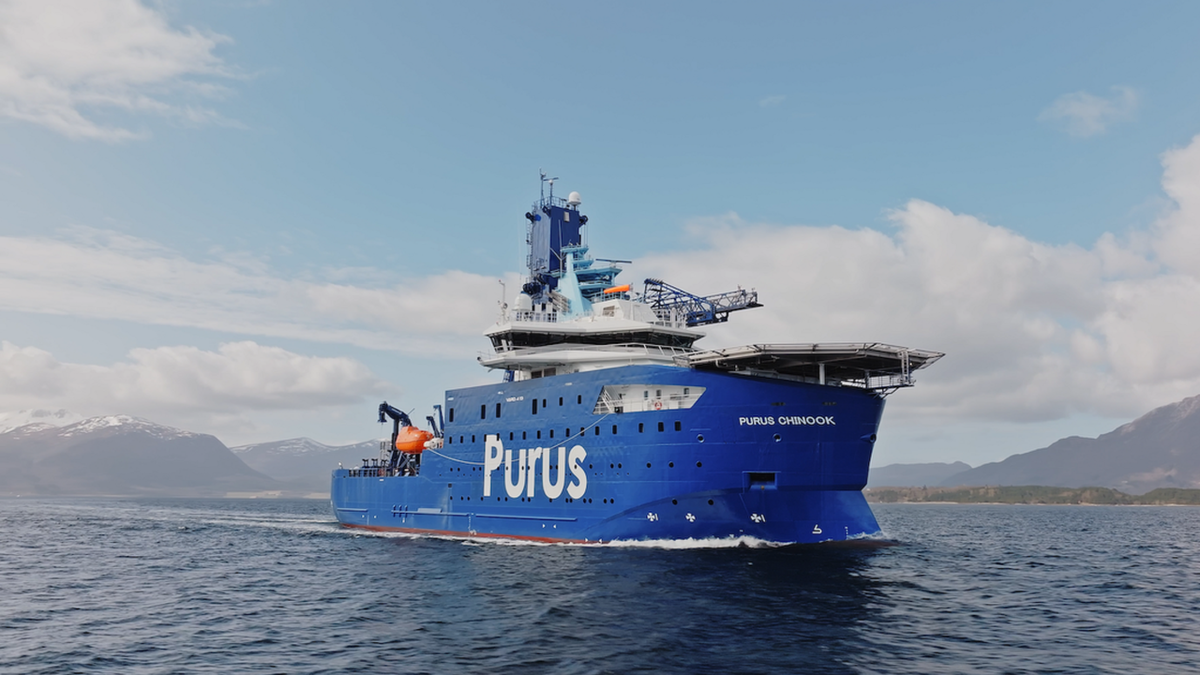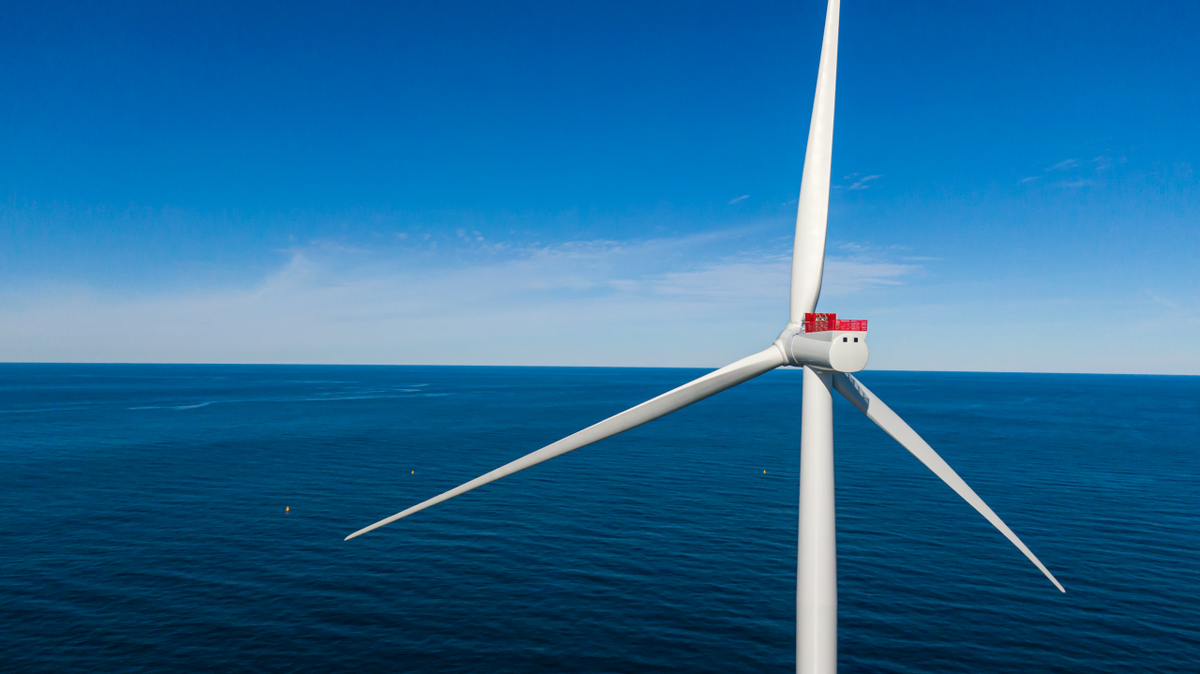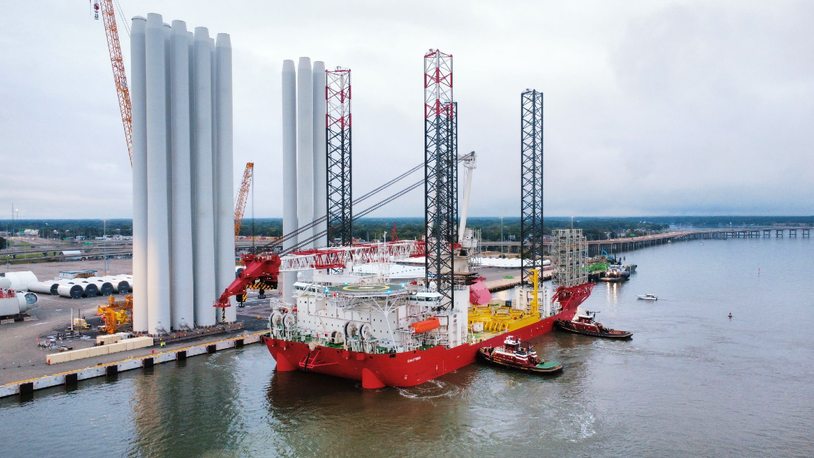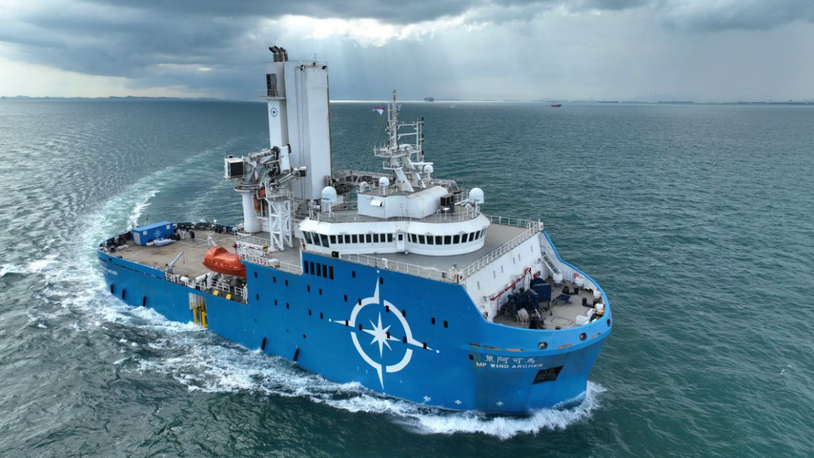Business Sectors
Events
Ship Recycling Webinar Week
Contents
Register to read more articles.
Despite challenges, offshore wind capacity on track to triple by 2030
With a growing number of national targets now in place, global offshore wind capacity is on track to triple capacity by 2030, laying the foundation for the next decade of growth
So says a new report from energy consultants Ember, which was produced for the Global Offshore Wind Alliance (GOWA).
Ember’s overview of offshore wind targets worldwide – including national, regional and provincial commitments – analyses current ambitions and progress toward deployment. By tracking targets and assessing implementation trends, the report aims to encourage governments to set or strengthen their offshore wind ambitions and accelerate action to stay on track with global energy and climate goals.
Among the key findings in the report, Offshore wind targets underpin acceleration to 2030 and beyond, are that 27 countries have set national targets for offshore wind. In addition, there are 27 ‘subnational’ targets, including three in countries that do not yet have a national target. There are also three regional targets. Among the 27 countries with national targets, 22 have a national target for 2030, 18 have a post-2030 target and seven include specific floating offshore wind targets.
Some of the targets highlighted by the report are legally binding. Most are not, but governments are implementing roadmaps and plans to enable market development. The combined 2030 targets add up to 263 GW, excluding China, which does not yet have a national target.
In the European Union, 15 countries have targets, totalling 99 GW. Germany (30 GW) and the Netherlands (21 GW) account for over half of this capacity. The UK is the country with the largest national target, ranging from 43 GW to 50 GW. Outside Europe, India has a target of 30–37 GW. Other Asian countries such as South Korea, Taiwan, Japan, and Vietnam together account for the remaining 41 GW. 18 countries have post-2030 targets, which are generally less formal than 2030 targets. Countries with legally backed post-2030 targets include Germany (2035, 2045), France (2035), Greece (2032), Turkey (2035). Beyond these 18 countries, many countries have roadmap documents beyond 2030. Ember’s report states that a further 88 countries have offshore wind potential, with 11 actively developing plans.
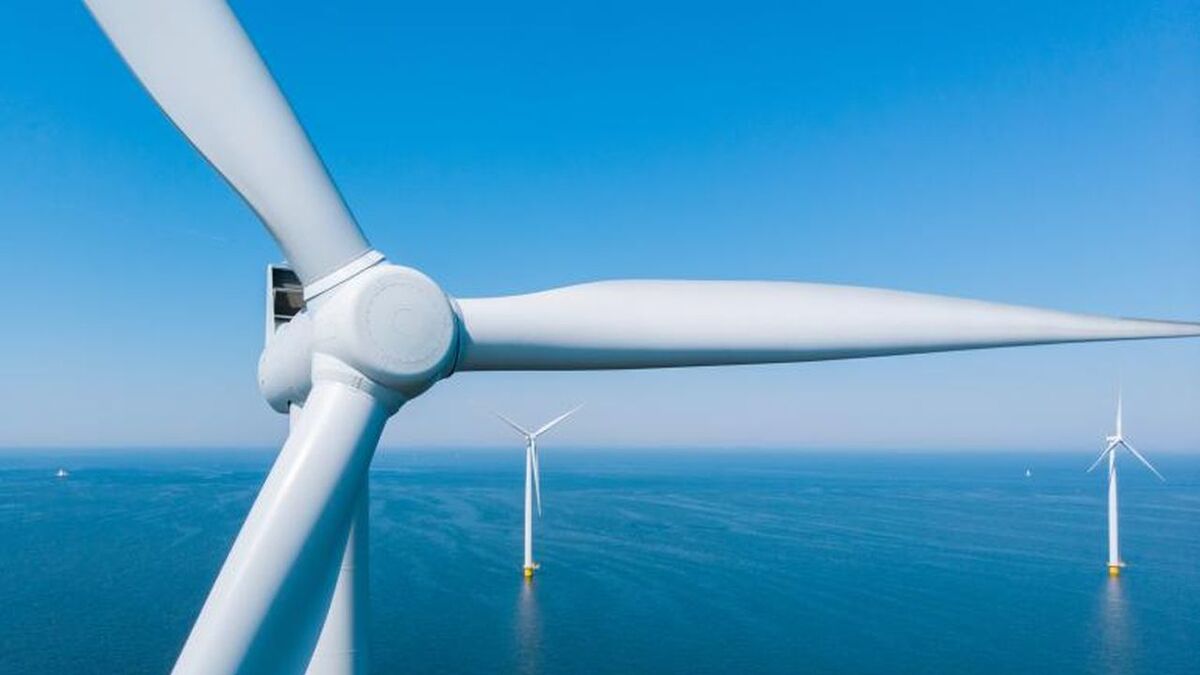
Ember’s report also looks at countries that haven’t set targets yet, but may do so. Nine of these are GOWA members, but have not yet set national targets: Australia, Brazil, Canada, Chile, Malta, Panama, Papua New Guinea, Saint Lucia and Trinidad and Tobago.
In addition to the above-mentioned, all five EU countries with offshore wind potential are actively exploring development. Latvia and Bulgaria are developing targets, while Malta, Cyprus and Croatia are preparing plans.
Latin America is emerging as a promising region in 2025. Colombia already has a target and Brazil could be next. Having established a marine leasing framework, Brazil’s offshore industry, strong supply chain and grid capacity make it the most advanced market in Latin America. The first offshore auction is expected in 2026, with the first projects likely to be connected in the early 2030s.
Chile and Mexico are also both progressing offshore wind development, while Saint Lucia, Panama and Trinidad and Tobago have all joined as GOWA members.
Beyond Latin America, other countries that are also interested in developing offshore wind include Morocco, New Zealand and Azerbaijan.
Morocco will commence building Africa’s first offshore windfarm in 2029, with an installed capacity of 1 GW, near Essaouira. The country combines excellent Atlantic wind resources with a mature renewables policy framework, strong European ties and power-export ambitions through green-hydrogen and interconnectors to Spain and Portugal. Interest in a Mediterranean renewable energy alliance, particularly offshore wind, is also gaining momentum.
Further afield, New Zealand is finalising a new offshore renewable energy framework, expected to open permitting in 2025. The first projects are likely to be commissioned in the early 2030s. In Azerbaijan, offshore wind in the Caspian Sea is now a strategic pillar of clean-energy diversification beyond oil and gas, with a strong appetite from international investors. The first 240-MW pilot zone near Baku is under preparation, with development tenders expected by 2026.
Ember chief analyst Dave Jones said, “Offshore wind already delivers 83 GW of energy capacity across the world, enough to power 73M homes. Government targets have been fundamental to help drive the scale-up of the offshore wind industry this decade. To countries thinking about agreeing new targets or extending existing targets, the message is clear: now is the time to act, to help spur the next wave of growth.”
“At a time when the industry is facing cost inflation, supply chain pressures and permitting delays, credible targets offer stability and direction,” said Ember. “They anchor offshore wind within national energy strategies, guide infrastructure and workforce planning and demonstrate that governments remain committed to delivery despite short-term challenges. Without clear targets, investment slows, supply chains lose momentum and countries risk falling behind in the global race towards clean, secure and affordable energy.
“Aligning targets with timely policy reform and collective action across government and industry will be critical to translating ambition into delivery – ensuring offshore wind fulfils its promise as a pillar of energy security, industrial growth and national resilience. As the world moves rapidly towards an electrified future, now is the moment for governments to reaffirm and raise their offshore wind ambitions.”
Sign up for Riviera’s series of technical and operational webinars and conferences:
- Register to attend by visiting our events page.
- Watch recordings from all of our webinars in the webinar library.
Related to this Story
Events
Ship Recycling Webinar Week
International Bulk Shipping Conference 2025
Tankers 2030 Conference
Maritime Navigation Innovation Webinar Week
© 2024 Riviera Maritime Media Ltd.

